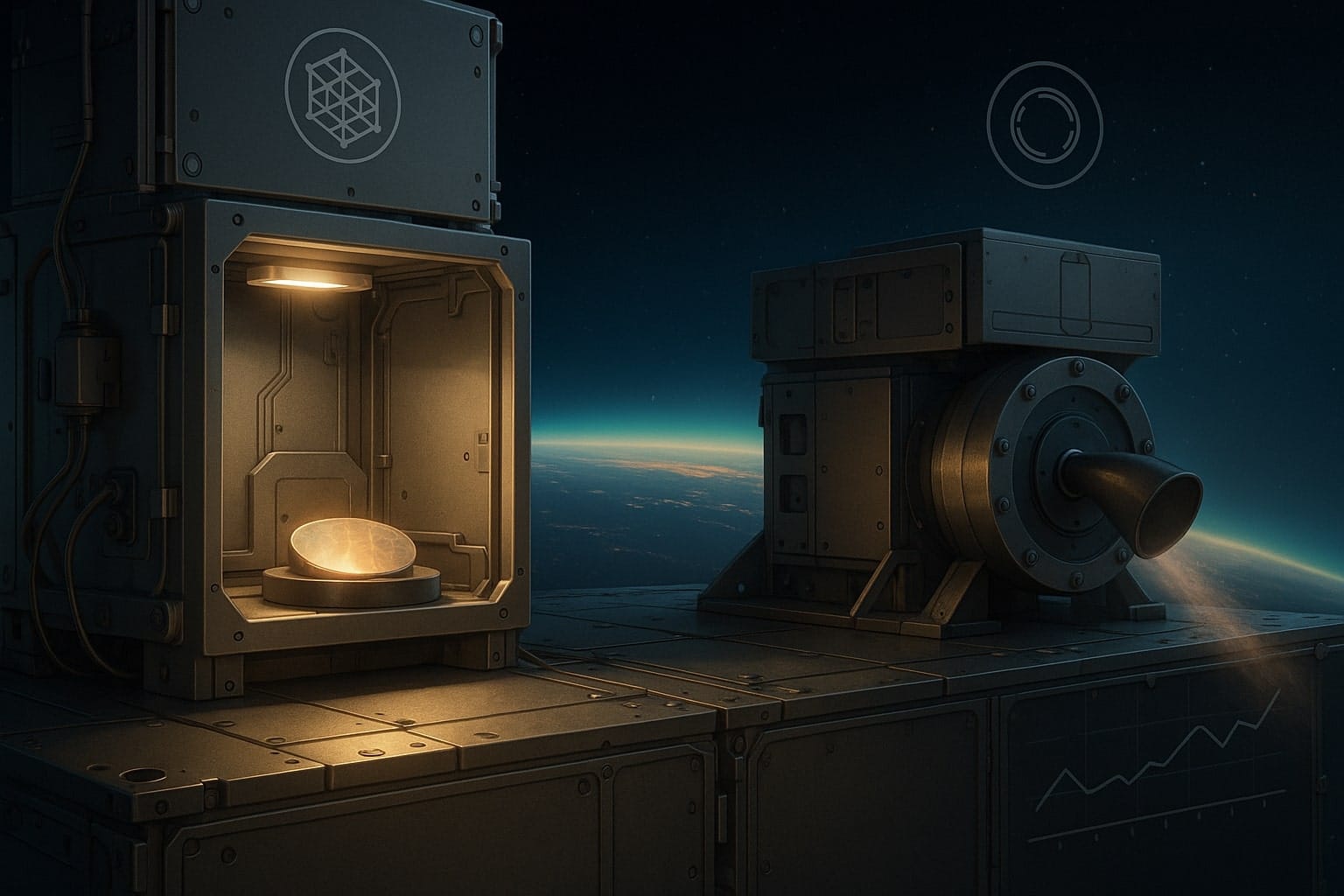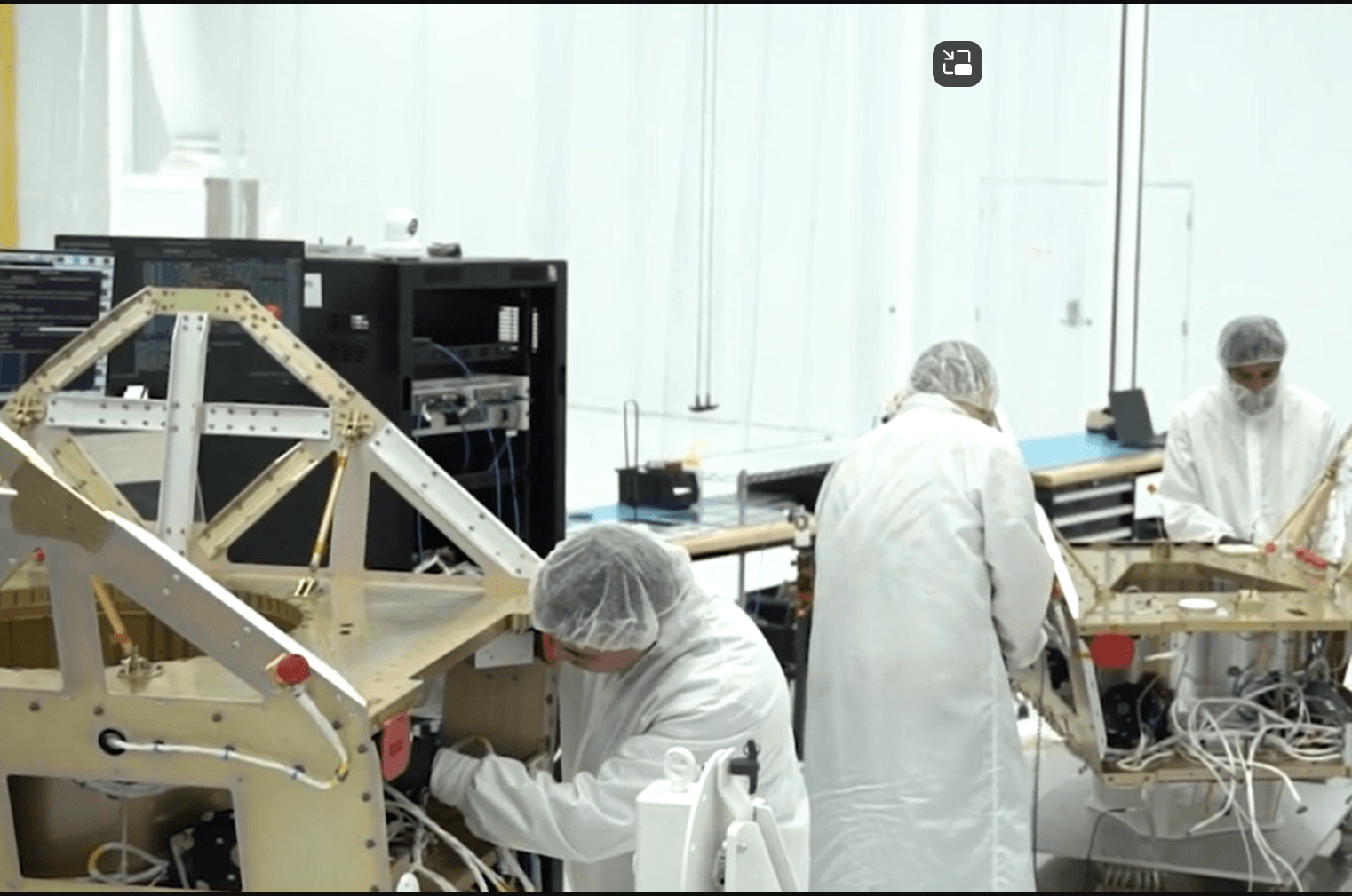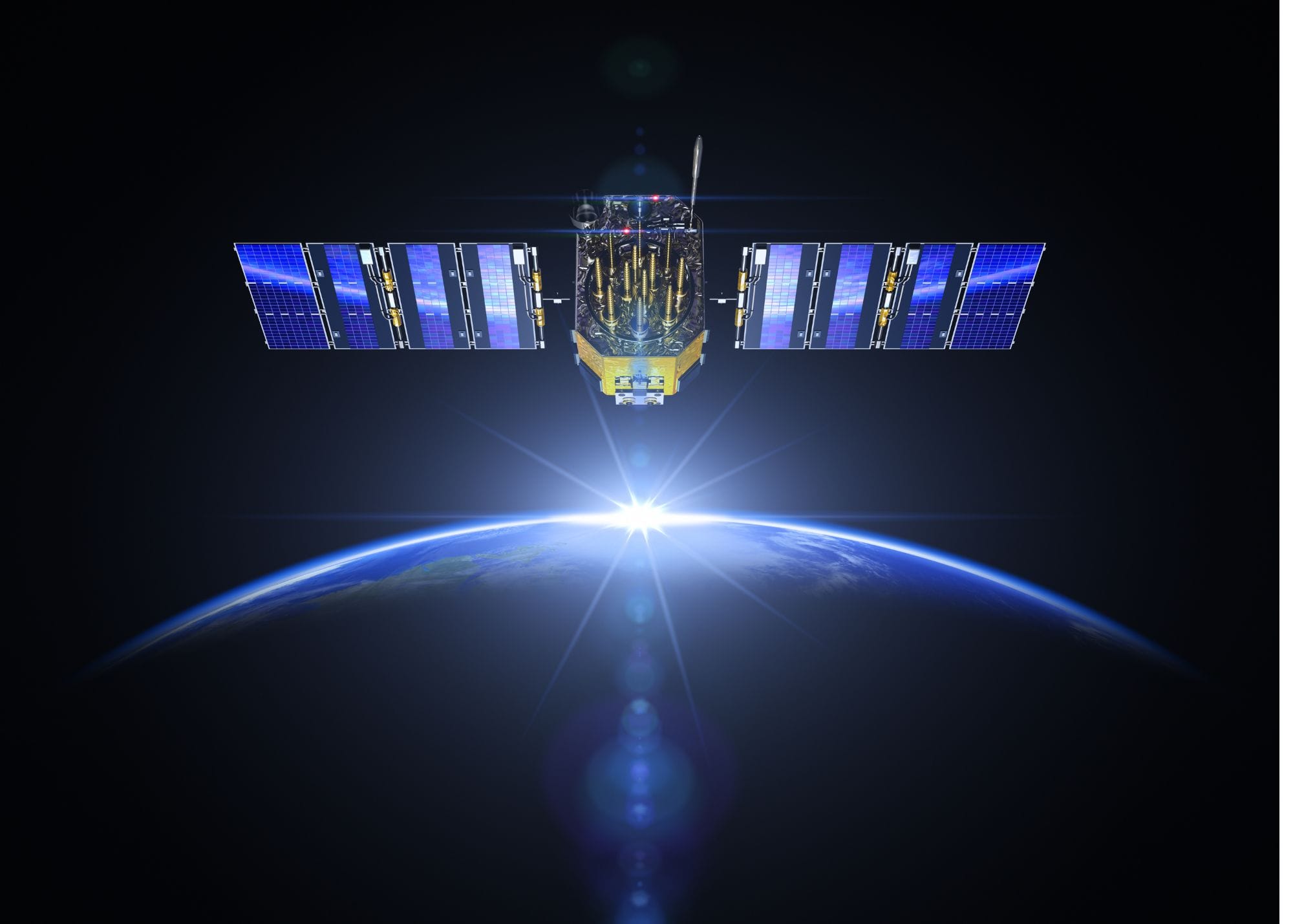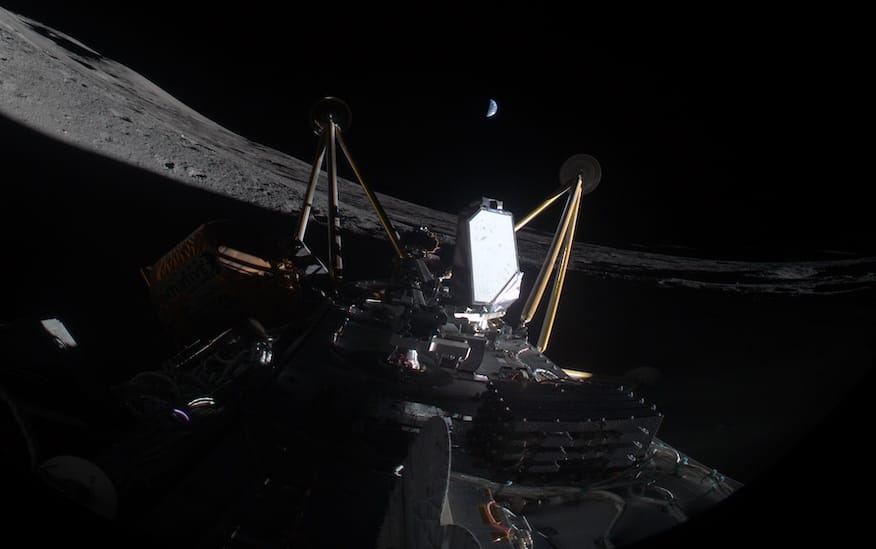When you glance up at the sky just after sunrise or just before sunset, you might catch sight of a faint, pearly sphere drifting against the horizon. That’s no passing weather balloon—it’s NASA’s latest super pressure balloon (SPB), a football-stadium-sized marvel of engineering, currently on course to cross the spine of South America. After launching from Wānaka, New Zealand, on April 16, this 18.8 million-cubic-foot balloon has spent five days harnessing the stratospheric winds to traverse the Pacific Ocean, and is set to skim above Chile and Argentina on April 23 at approximately 2 p.m. EDT (6 p.m. UTC).
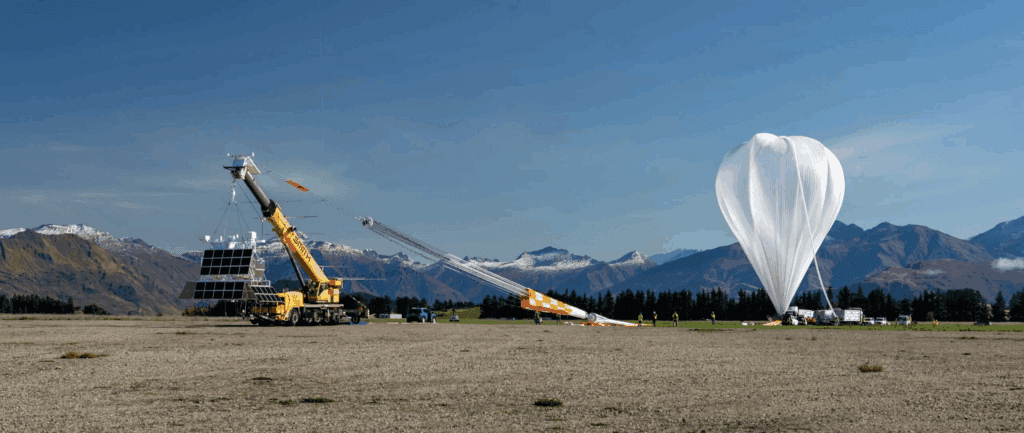
Image source: NASA/Bill Rodman
Table of Contents
ToggleA New Platform for Near-Space Science
NASA’s Super Pressure Balloon represents a significant leap over traditional zero-pressure sounding balloons. Fully inflated, it maintains a nearly constant volume—even as temperatures fluctuate—by keeping the helium gas under pressure, allowing for sustained float altitudes around 110,000 feet (33.5 km). Designed for missions of 100 days or more, SPBs can carry payloads up to 8,000 lb, dwarfing the few hundred-pound capacity of typical CubeSats, yet at a fraction of the cost of satellite launches.
Launch and Early Ascent
The maiden flight of NASA’s 2025 New Zealand Balloon Campaign lifted off from Wānaka Airport at 10:44 a.m. NZST on April 17 (6:44 p.m. EDT on April 16). After a precise inflation sequence and careful weather monitoring—conditions both at ground level and at float altitude must align within narrow wind-speed tolerances—the balloon ascended at roughly 1,000 ft per minute, reaching its operational altitude in just under two hours. “The launch today is the culmination of years of dedicated efforts,” noted Gabriel Garde, chief of NASA’s Balloon Program Office.
Riding the Stratospheric Jet Stream
Once aloft, the balloon caught a favorable mid-latitude jet stream, carrying it eastward across the Pacific. Real-time tracking via the Columbia Scientific Balloon Facility’s website shows a graceful arc that will intersect Chile near Antofagasta before tracing the Andes northward into Argentina. Before any land overflight, mission controllers perform rigorous checks on command-and-control electronics and cross-verify forecasted trajectories to mitigate risks to both the payload and people on the ground.
The HIWIND Mission of Opportunity
Although the primary objective is to validate the SPB’s operational endurance, this flight also carries the High-altitude Interferometer Wind Observation (HIWIND) payload as a “mission of opportunity.” Developed by the High Altitude Observatory at NCAR in Boulder, HIWIND is an interferometric instrument designed to measure neutral winds in the thermosphere—a notoriously under-sampled region between 85 km and 600 km altitude. By observing Doppler shifts in airglow emissions and atmospheric scattering, HIWIND will deliver continuous, localized wind profiles, filling critical gaps in our understanding of upper-atmospheric dynamics.

Why Thermospheric Winds Matter
Neutral winds in the thermosphere play a pivotal role in governing the ionosphere’s structure and variability. They drive the global redistribution of energy and momentum deposited by solar and magnetospheric interactions, directly influencing satellite drag, radio propagation, and GPS accuracy. Yet, despite decades of satellite missions, data in the 100–200 km range remain sparse—what some researchers have dubbed the new “ignorosphere”. HIWIND’s measurements will not only validate physics-based models like TIE-GCM but also enhance space-weather forecasting capabilities, helping to predict disruptions to communication and navigation systems.
The Economics of Balloon-Borne Science
Compared to a small research satellite—which can cost upwards of $10–20 million and require multi-year development—a super pressure balloon flight typically runs under $2 million and can be fielded in a matter of months. Payloads benefit from near-continuous power (via onboard solar arrays) and data downlinks, as well as the ability to return instruments intact for post-flight analysis. These cost and turnaround advantages have ignited interest in balloon platforms for Earth science, atmospheric chemistry, and even astrophysical observations.
Beyond HIWIND: A Multipayload Future
NASA’s 2025 campaign envisions subsequent flights hosting multiple piggyback experiments. Planned payloads include:
- CoMIC (Compact Multichannel Imaging Camera) to measure atmospheric scattering and airglow intensities.
- HIGS (High-altitude Infrasound from Geophysical Sources) to detect seismic and volcanic infrasound signals.
- MOANA (Measuring Ocean Acoustics North of Antarctica) to capture subsonic acoustic waves in the stratosphere.
Each of these missions leverages the SPB’s stability and long-duration to gather unique datasets, advancing both Earth-system science and planetary exploration technologies.
Managing Risks in the Sky
Operating at the edge of space is not without challenges. Launch weather windows in New Zealand can be narrow, leading to multiple postponements if surface and stratospheric winds misalign. In-flight, electronic health checks precede any land overflight; NASA’s Wallops team monitors telemetry for anomalies in command links, temperature sensors, and balloon envelope integrity. Recovery plans are in place should the balloon descend unexpectedly over populated areas, ensuring both public safety and instrument preservation.
Charting Future Courses
With each circumnavigation—expected every one to three weeks—NASA’s SPB platform edges closer to achieving routine, globe-spanning flights. Upcoming campaigns may extend operations into the Northern Hemisphere’s mid-latitudes or polar regions, opening new frontiers for near-space research. As the balloon drifts westward back toward its Pacific crossing point, it carries not just a suite of instruments, but the promise of a low-cost, flexible alternative to traditional satellite missions.
As the dawn light catches the gleaming envelope above the Andes, NASA’s super pressure balloon embodies a new paradigm in space-adjacent exploration—one that marries affordability with scientific ambition, and atmospheric research with the allure of flight. From the thermospheric winds that whisper across the globe to the infrasound waves echoing from Earth’s geophysical events, this high-altitude odyssey reminds us that sometimes, the most profound discoveries happen just beyond where our jets can fly and our satellites can reach.






